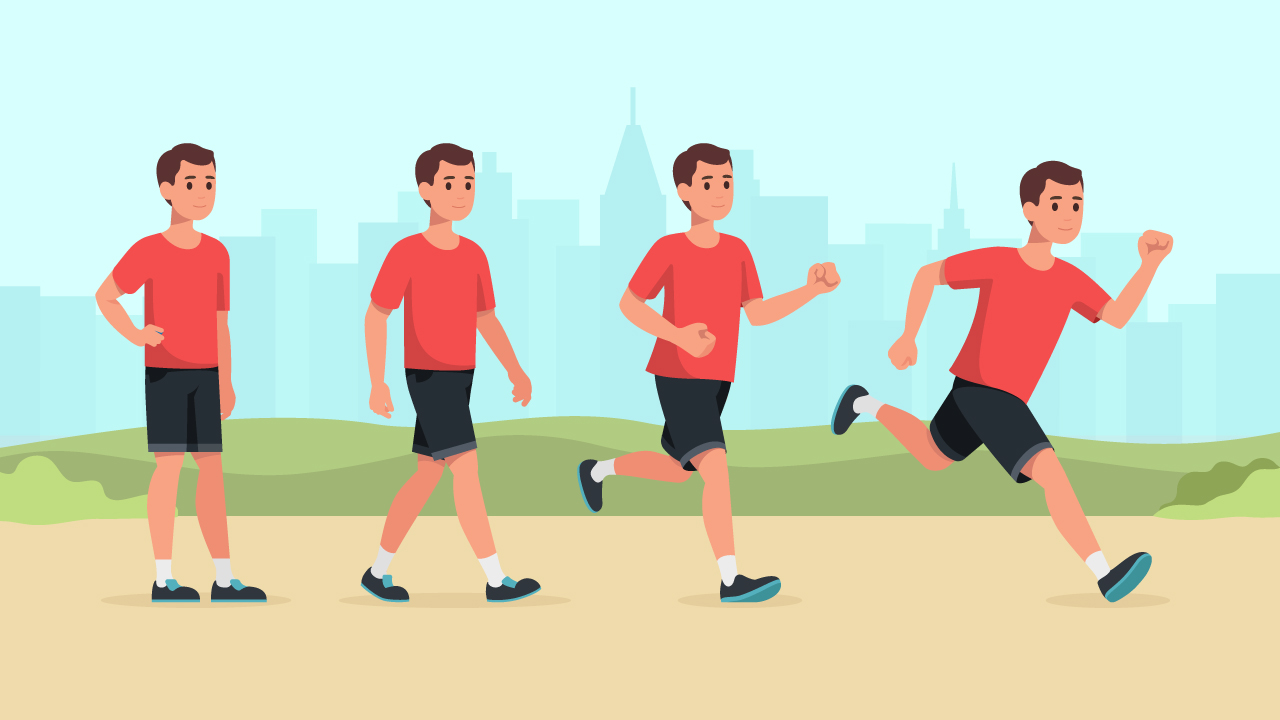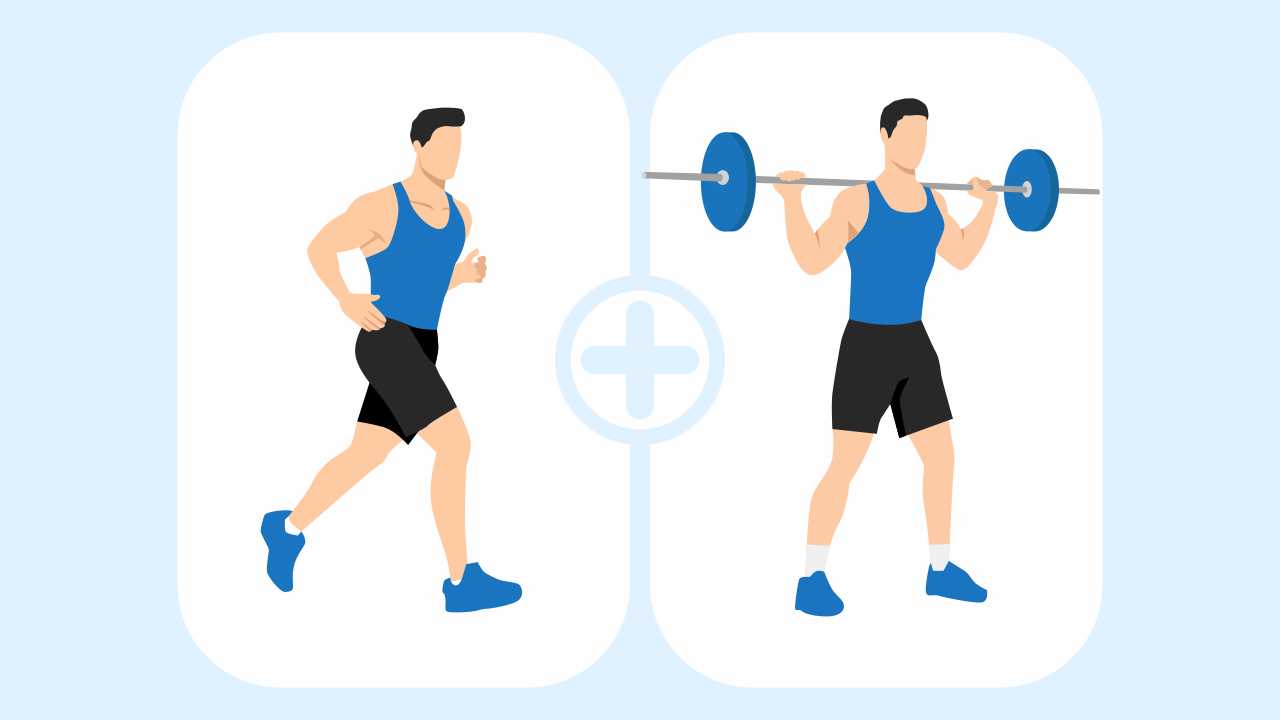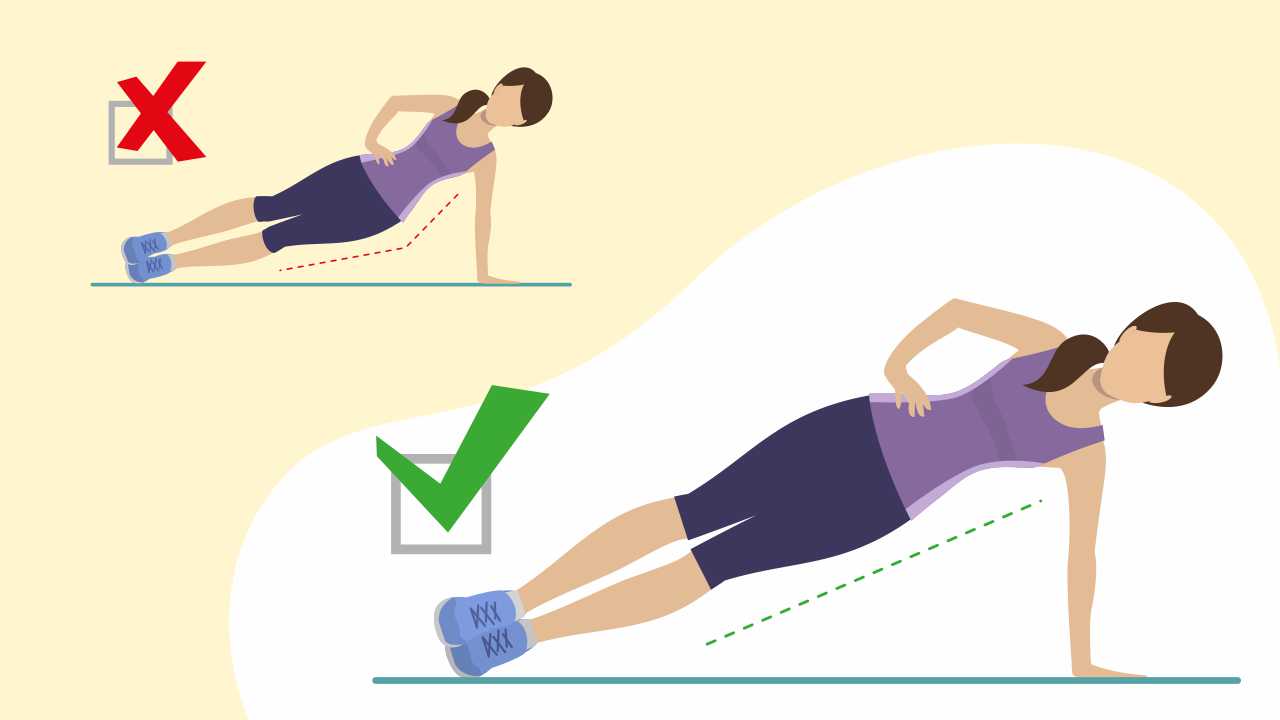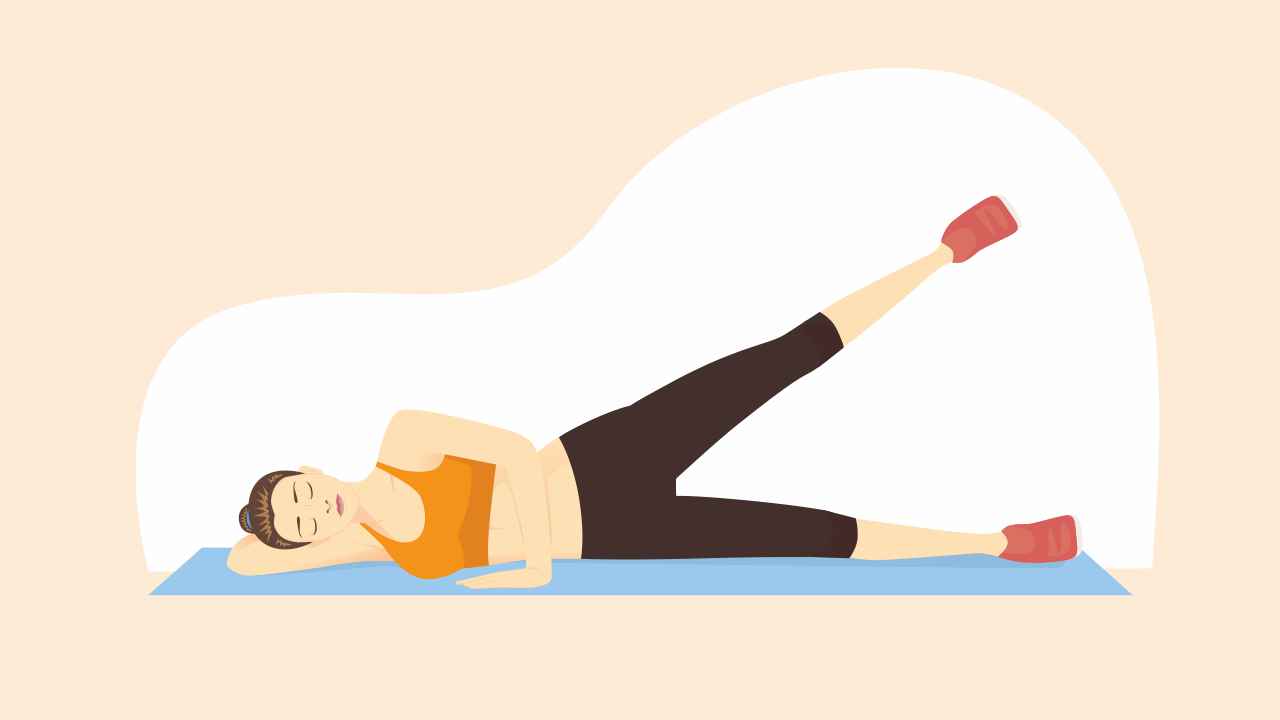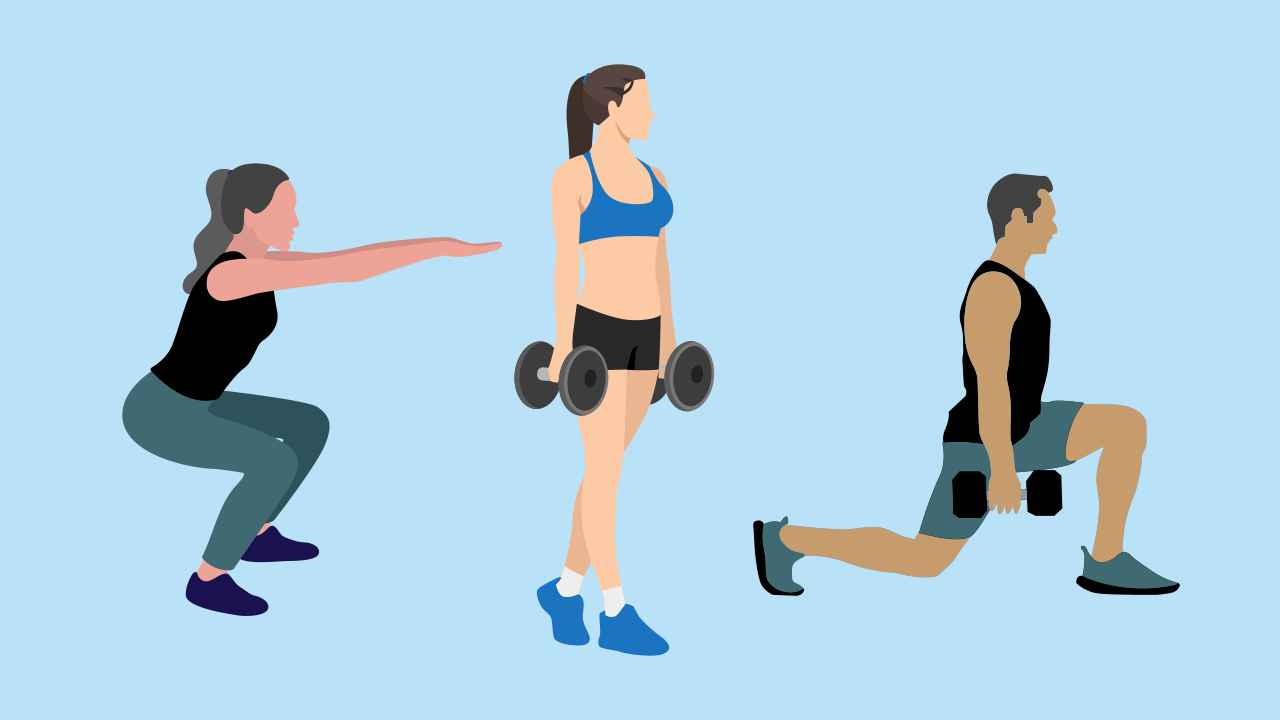
Taking Body Measurements: How to Track Your Fitness Progress

When you begin any fitness journey, it is exciting to see and measure progress. It is a source of motivation, which helps push you towards your fitness goal. But to measure progress, you first need to establish a baseline. Keeping a record of your weight and taking body measurements before you start a workout program will help you understand your current health status and the progress you make from there.
There are plenty of ways to track your progress, but the most common and accessible ones include weighing yourself and taking body measurements. While these are pretty straightforward methods and don’t require complicated instructions, there are some things you should keep in mind to get accurate results.
Also read: Tracking Your Fitness: Why and How Should You Do It?
How to measure weight on a scale?
A weighing scale is a useful tool in your fitness journey regardless of your goals. However, the key to accurate results is consistency. This means that the time of the day and hour when you weigh yourself, the scale you use, and what you wear while weighing should remain the same every time.
Before you weigh yourself, here are some things to keep in mind:
1. Some scales are more accurate than others. There are plenty of options in the market from digital to spring-loaded ones that offer various features on the scale. If you are unsure, you can take a recommendation from your doctor or trainer, or research online based on consumer ratings.
2. It is best to weigh yourself first thing in the morning, after you visit the bathroom. Throughout the day, your weight can fluctuate depending on what you eat and drink, so it’s best to weigh yourself on an empty stomach in the morning.
3. Place the scale on a hard and flat surface that does not have a carpet or uneven flooring. Make sure to calibrate it to exactly 0.0kg.
4. While weighing, wear as little clothing as possible. Also to keep it consistent, try and wear the same or similar clothes every time you weigh yourself.
5. It is important to stand still and barefoot, keeping your weight evenly distributed on both feet.
6. Keep the time of the day constant. So if you are weighing in at 8:00 am on the first day, stick to the same time everyday. If you are weighing yourself weekly, it is suggested to keep the day of the week constant too, in addition to sticking to the same time.
Remember that the weighing scale measures everything — fat, bone mass, muscle mass, and even the food or water you might have had. Although the number on the scale is a useful measurement, it does not give you the whole picture about your body or the progress you are making. Hence, combining it with another tool such as body measurements will help give you an insight into how your body composition is changing.
Body measurements
Measuring yourself with a tape is a great option that does not require any fancy equipment and can be done anywhere. Although it is a self-explanatory tool, here are some things to keep in mind to get the most accurate results:
1. Use a flexible, non-elastic tape with clear markings for measurements in centimeters and inches. For ease of understanding, we will focus on taking measurements in centimeters.
2. Wear fitted clothing or no clothing at all if possible. If you are measuring with clothes on, remember to wear the same apparel the next time you measure yourself.
3. When taking measurements, ensure that the tape surrounds the skin comfortably and does not compress it.
4. Make sure the tape is flat all around and not twisted.
Where to measure
Here are the different body parts you can measure to keep a track of your progress:
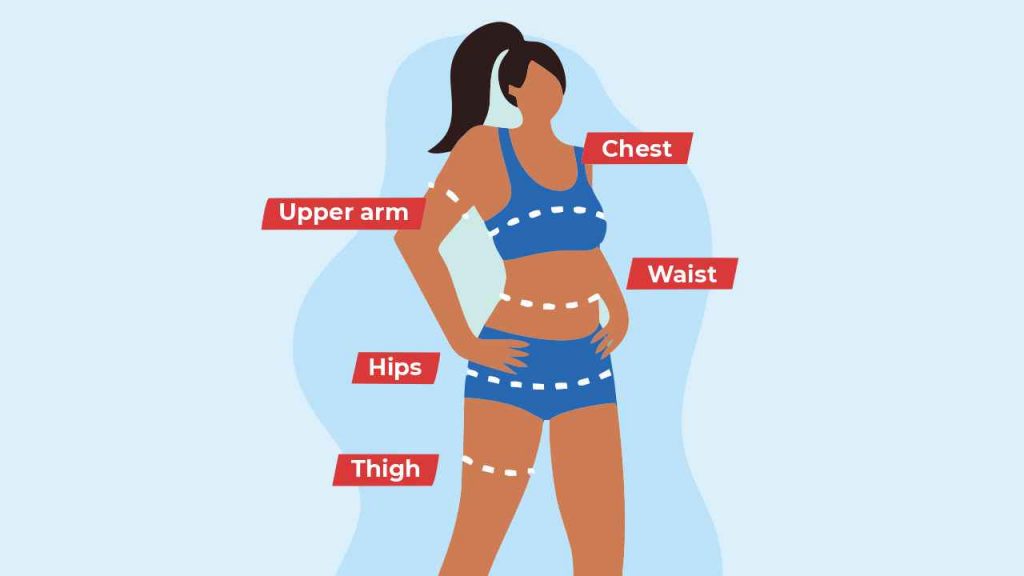
Chest: Wrap the tape around the chest, in line with your nipples
Arms: Keep your arm relaxed and wrap the measure around the midpoint of your upper arm, ie, between the elbow and shoulder
Waist: Wrap the measure around the narrowest part of your torso or a two-finger distance above your belly button. Take the measurement after full expiration i.e. after completely breathing out
Hips: Wrap the measure around the widest circumference of your buttocks.
Thighs: Wrap the measuring tape around the midpoint of your thigh, ie, the midpoint between your hip bone and knee.
Follow these guidelines every time you are weighing or measuring yourself. Remember that your measurements are just numbers and a guide to track your progress. Whichever method you choose to track your progress with, it is important to be patient and consistent. Being fit is not only about losing weight and aesthetics, it’s also about improving your quality of life with better mental and physical health overall.


